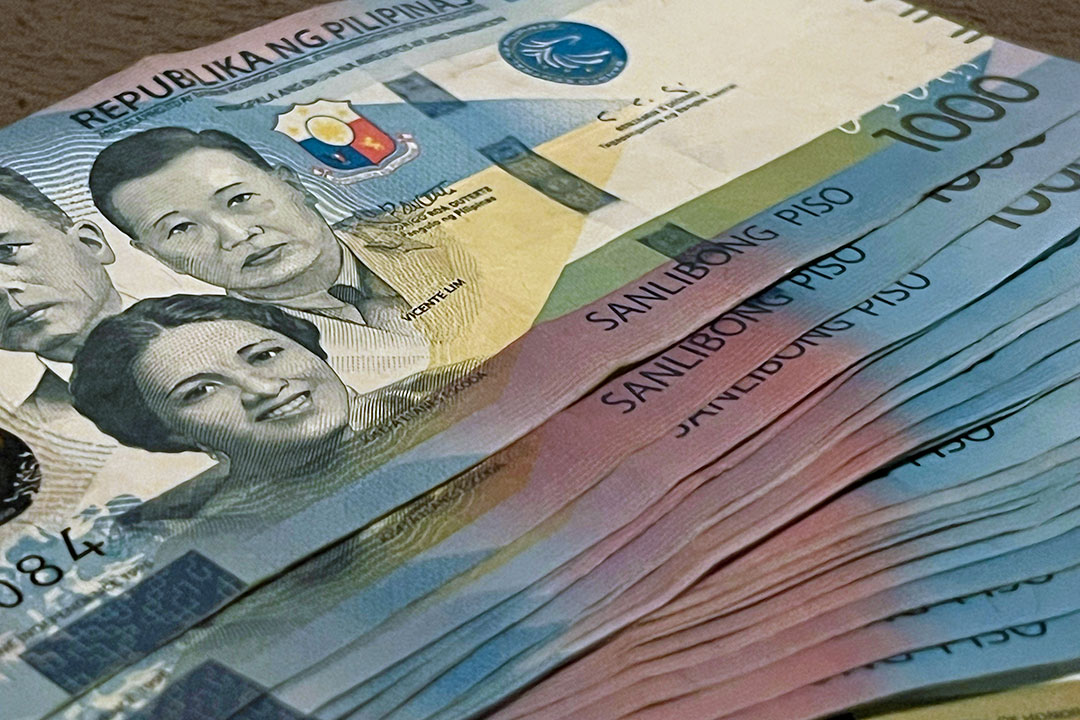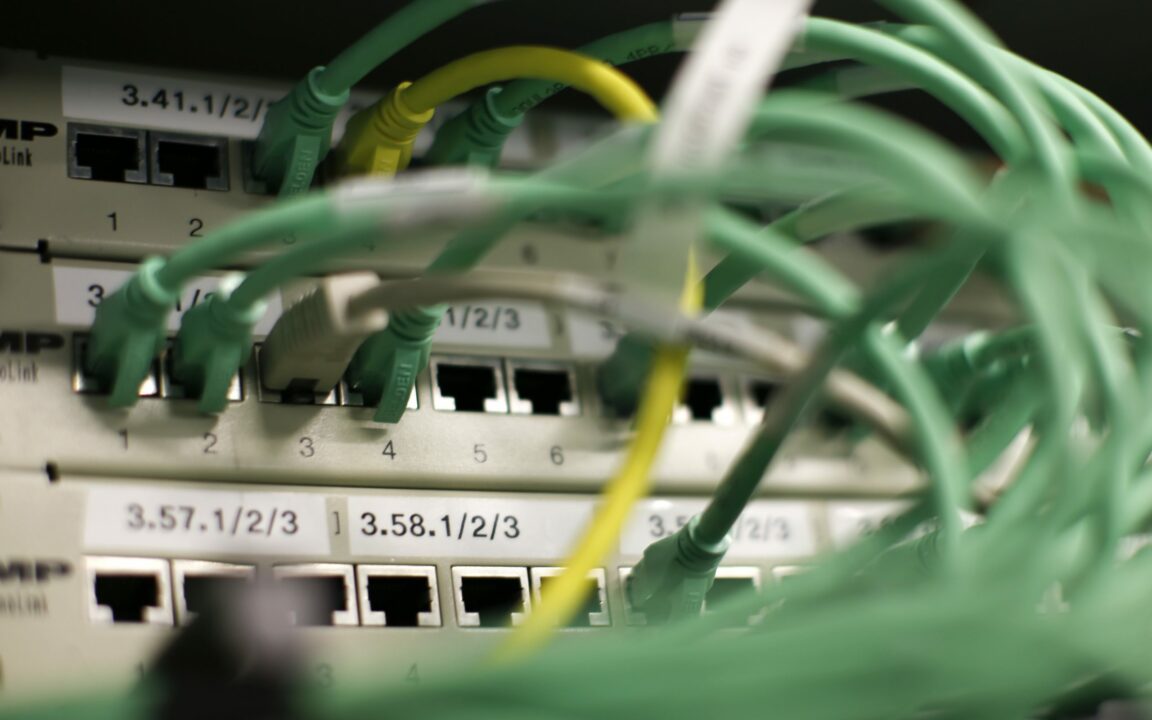
Upgrade to High-Speed Internet for only ₱1499/month!
Enjoy up to 100 Mbps fiber broadband, perfect for browsing, streaming, and gaming.
Visit Suniway.ph to learn
Brix Lelis - The Philippine Star
June 24, 2025 | 12:00am
The Department of Energy (DOE) has teamed up with the Southeast Asia Energy Transition Partnership to launch the guidebook to permitting offshore wind projects in the country.
STAR / File
MANILA, Philippines — The Philippines has unveiled a roadmap for navigating the complexities of offshore wind development, as over 80 permits currently stand in the way of developers.
The Department of Energy (DOE) has teamed up with the Southeast Asia Energy Transition Partnership to launch the guidebook to permitting offshore wind projects in the country.
Despite its potential, offshore wind development is tangled in bureaucracy, as the permitting process typically involves more than 25 agencies. This remains a significant hurdle for investors and developers.
With the guidebook, the DOE aims to provide developers and government agencies with a clear outline of the full project cycle – from early site assessments and feasibility studies to construction, operation and decommissioning.
“This guidebook is a game-changer. It transforms a complicated process into one that is streamlined, more transparent and easier to follow for both government and investors,” DOE officer-in-charge Sharon Garin said yesterday.
According to the DOE, each step in the guidebook is aligned with proper regulatory requirements and timelines to enable “better coordination and predictability.”
It also outlines the functions of agencies, including the Department of Environment and Natural Resources, Department of Transportation, Philippine Coast Guard and Maritime Industry Authority.
“We fast-track processes but never at the expense of environmental and community safeguards. The compendium ensures that good governance and clean energy go hand-in-hand,” DOE Undersecretary Rowena Cristina Guevara said.
The World Bank estimates over 178 gigawatts of technical offshore wind potential in the Philippines, with the government aiming to tap these vast resources as part of its bold energy transition push.
To date, the DOE has awarded 92 service contracts, representing over 65 GW of offshore wind capacity.
These projects are expected to support the country’s goal to expand the share of renewables in the energy mix to 35 percent by 2030 and 50 percent by 2040.
Currently, renewables account for only 22 percent of the country’s power generation.

 22 hours ago
2
22 hours ago
2



